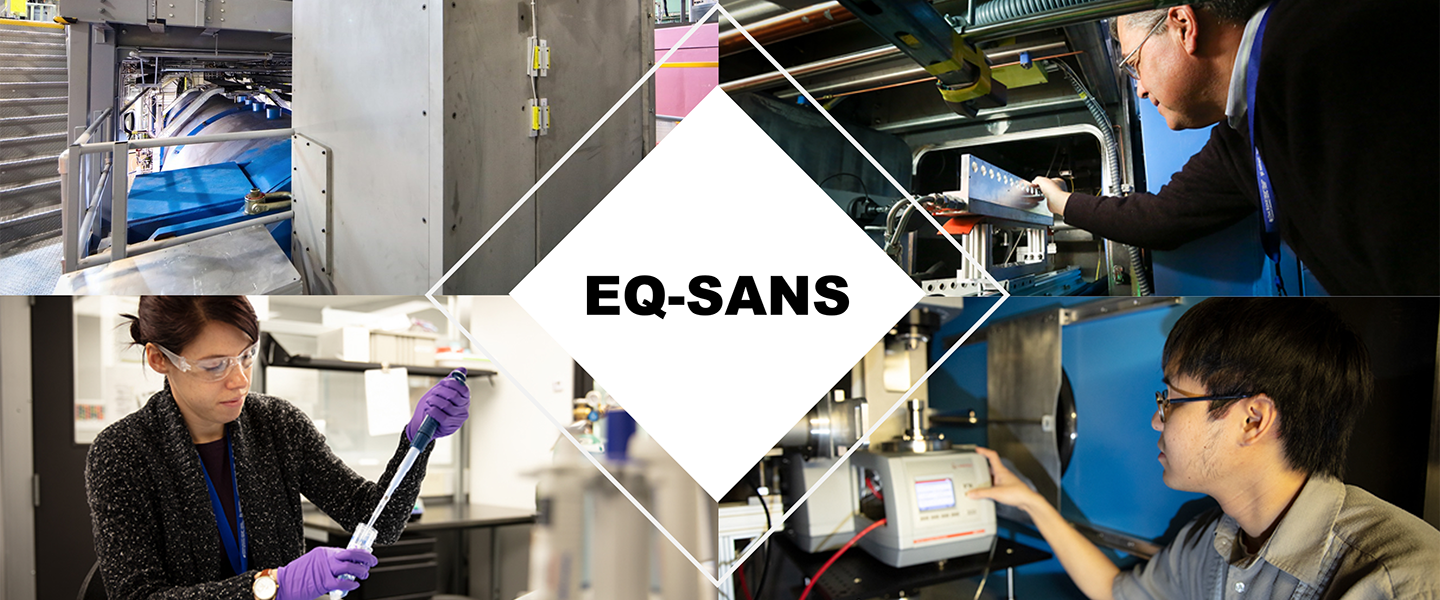


The beam line staff is committed to provide users with analyzable data and the tools to analyze small-angle neutron scattering data at the conclusion of the experiment.
In general, our expectation is that a successful experiment will produce a publication. Users are encouraged to outline a compelling science case for the beam time in their proposals, and to request sufficient beam time (2 ~ 4 days) to succeed. Users who wish to conduct a “proof-of-principle” experiment should request one day.
Proposals will be evaluated for (1) scientific quality and credibility of the project plan to succeed, and (2) compelling need for neutron beams.
Please contact the instrument staff for additional guidance.
Reference Documents
Manuals
Frequently Asked Questions
- Why is the beam not available?
Although the SNS facility operates 7 days a week, 24 hours a day during normal operations, there are scheduled periods during operations cycles when SNS does not produce neutrons for users (maintenance periods and accelerator physics schedules). It is normal procedure that no data can be collected during these periods. You can see the run schedule and other operating information on the Operating Status page. listing of these periods.
- How much sample do I need?
Typical banjo cell of 1 mm thickness takes about 0.35 mL. However, preparing enough sample volume is always a good practice. Demountable Ti-cell may take a little more than banjo cells of same thickness.
- How large is the beam ?
Various beam diameters are available. (1mm, 2mm, 5mm, 8mm, 10mm, 12mm)
- What do I do if I want my samples returned to me?
If you are present at SNS when your samples are run and they have been cleared by the Radiological Control Group, you can carry them back with you. If you are not present, or if you leave before your sample is completed, we can ship it back to you once it has been cleared by the Radiological Controls Group, provided we have a complete shipping address (with phone number), a complete material safety data sheet (MSDS) for the sample, and a FedEx (or other shipping service) account number to which the shipment will be billed.
- Can I monitor progress of my experiment?
Please visit monitor.sns.gov and log-in using ucams/xcams id and password and select EQ-SANS to see the current status of the instrument and measurement. Live view of the detector is not yet supported officially.
Alarm Demos (avi/wmv video)
Resources
Oak Ridge National Laboratory is managed by UT-Battelle LLC for the US Department of Energy